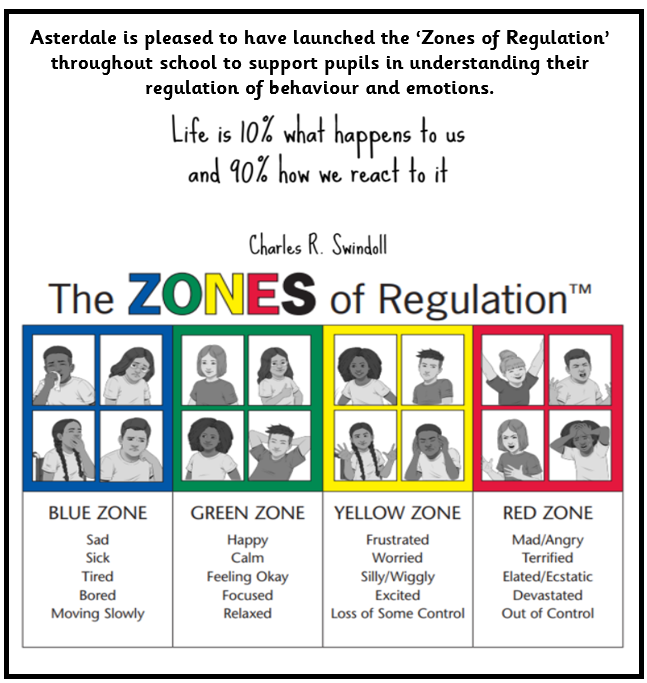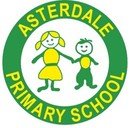Zones of Regulation

We recognise the importance of promoting positive mental health and emotional wellbeing with our children, families and within our wider community.
Our vision is to create an open culture around the discussion of mental health and wellbeing and to empower our children to be able recognise, accept and regulate their emotions.
By implementing the ‘Zones of Regulation Curriculum’, we strive to teach our children and give them the ability to identify emotions in themselves and others, whilst developing a bank of strategies to help them regulate their emotions, improving their wellbeing.
The Zones of Regulation is an internationally renowned curriculum that supports and teaches children to manage difficult emotions, known as ‘self-regulation’.
Self-regulation can go by many names such as ‘self-control’, ‘impulse management’ and ‘self-management’. Self-regulation is best described as the best state of alertness for a situation. For example, when your child takes part in a sports game or activity they would need to have a higher state of alertness than when, for example, they are reading or completing work. From time to time, all of us (including adults) find it hard to manage strong feelings such as worry, anger, restlessness, fear or tiredness, and this stops us from getting on with our day effectively.
Children who feel these emotions often find it hard to learn and concentrate in school. The Zones of Regulation aims to teach children strategies to help them cope with these feelings so they can get back to feeling calm and ready to learn. These coping strategies are called ‘self-regulation'.


Common questions on the Zones of Regulation
Can my child be in more than one zone at the same time?
Yes. Your child may feel tired (Blue Zone) because they did not get enough sleep, and anxious (Yellow Zone) because they are worried about an activity at school. Listing more than one Zone reflects a good sense of personal feelings and alertness levels.
Should children be punished for being in the RED Zone?
It’s best for children to experience the natural consequences of being in the RED zone. If a child’s actions/choices hurt someone or damages property, they need to repair the relationship and take responsibility for their actions. Once the child has calmed down, use the experience as a learning opportunity to process what the child would do differently next time.
Can you look like one Zone on the outside and feel like you are in another Zone on the inside?
Yes. Many of us “disguise” our Zone to match social expectations. We use the expression “put on a happy face” or mask the emotion so other people will have good thoughts about us. Parents often say that their children “lose it” and goes into the Red Zone as soon as they get home. This is because children are increasing their awareness of their peers and expectations when in the classroom. They make every effort to keep it together at school to stay in the Green Zone. Home is when they feel safe to let it all out.
